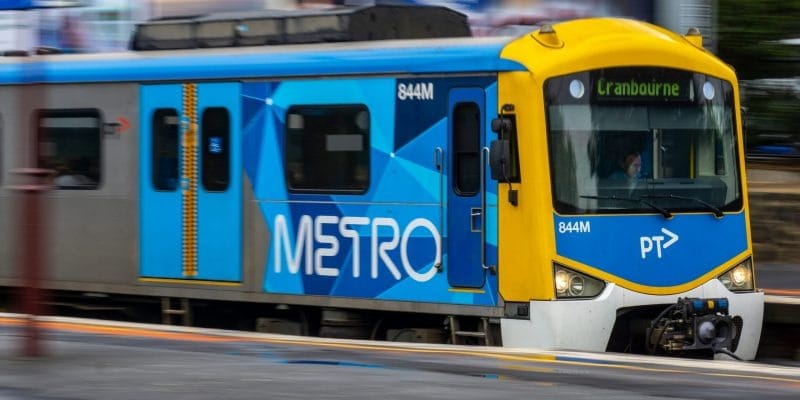The challenge
Pro-actively and efficiently manage the environmental impact of noise and dust.
The Cranbourne Line Upgrade (CLU) is delivering major rail upgrades as part of Melbourne's Level Crossing Removal Project (LXRP). Separated into two packages of work, Package B includes building new railway tracks, the rebuild and upgrade of Merinda Park station, and a new pedestrian underpass for rail users. This work is being managed by the South Eastern Program Alliance (SEPA), a grouping that includes Laing O’Rourke, Jacobs, LXRP and Metro Trains Melbourne.
The SEPA team was looking for a new and innovative solution to help them adjust dust and noise levels on their site in a proactive and efficient manner.



